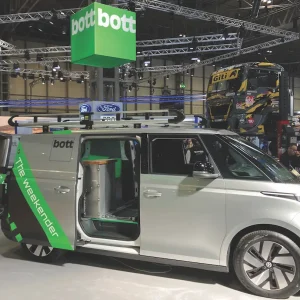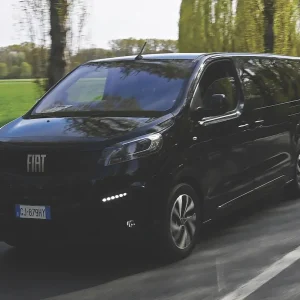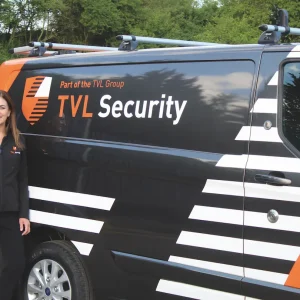Vehicle-to-grid (V2G) technology could allow LCV operators to generate profit from electric vehicles.
The concept involves selling excess energy from plug-in vans’ batteries back to the grid at peak time, coupled with overnight charging to exploit lower energy costs.
Speaking to What Van?, Alex Baker, managing director of technology company Fleet Innovations, said delivery fleets stood to benefit most from the model: “Vehicle-to-grid means that you can, as well as put energy into a vehicle, take energy out. If you can take energy out of a vehicle, you’ve got a great big battery there, and that energy can be used by you, as an organisation, to power your own requirements, or it could also be used to sell back to the grid.”
Baker continued: “Think of a company like Royal Mail. They are predominantly doing most of their work during the morning into the early afternoon, so they’ve got the capability to park all their vehicles up at, say, four o’clock in the afternoon. The National Grid wants some energy; Royal Mail sells the remaining energy in its vehicles to the National Grid for two or three hours. Then, between, say, eight o’clock and four in the morning, you put energy back into those vehicles, and away you go.”
The Government is also putting its weight behind the model. In January of this year, the Office for Low Emission Vehicles and the Department for Business, Energy and Industrial Strategy awarded £9.8m to a consortium of organisations for a demonstrator project known as e4Future.
The initiative will comprise analyses of charging data and the technical characteristics of both the vehicles and the electricity network in action, with a view to establishing a commercial V2G offering for fleet operators running plug-in cars and vans.
Nissan, the National Grid, UK Power Networks, Northern Powergrid, Newcastle University and Imperial College London are all involved.

Baker, whose company specialises in establishing whether or not fleets can realistically operate electric vehicles, said that the initiative would require modern, high-power charging points, a robust local infrastructure, and collaboration with energy suppliers.
“The technology that exists today is very new, so the charge points are quite a bit bigger and much more high-powered. They tend to be fast chargers – 20kW to 50kW instead of the normal 7kW you put on the side of your house – so there would need to be work done with a charge point manufacturer,” he explained.
Baker added that fleets would be required to install a particular type of charging point in order to participate with his company’s own initiative trialling V2G charging, but could not name the manufacturer due to commercial sensitivities.
“You’d need to check that your local infrastructure was capable of taking the capacity and there would need to be contracts set up to sell that energy back to the grid, but that’s not as difficult as it sounds,” he said.
Baker said Fleet Innovations is appealing to operators to partake in practical analyses: “We’re looking for fleets between 100 and 300 vehicles; that’s our kind of sweet spot at the moment – organisations that are looking at electric vehicles and would be open to things like vehicle-to-grid. We’ll go higher than 300 but we won’t go lower.
“At the moment, this is a proof of concept for us. What we’re trying to do is prove first: does the fleet need electric vehicles? And secondly: would vehicle-to-grid work?”
Although the fundamental components of the technology exist, Baker described the package as a work in progress but, if successful, it could be rolled out across the UK and overseas.
• Van operators interested in taking part in a vehicle-to-grid trial with Fleet Innovations should call 0845 600 6880 or email info@fleetinnovations.com.





